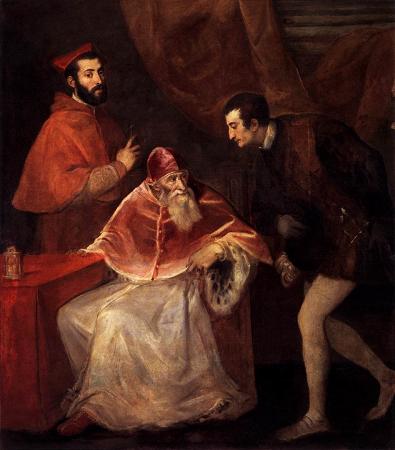Thomas Cranmer (1489 - 1556). Thomas Cranmer was a leader of the English Reformation and Archbishop of Canterbury during the reigns of Henry VIII, Edward VI and, for a short time, Mary I. He helped build the case for the annulment of Henry's marriage to Catherine of Aragon, which was one of the causes of the separation of the English Church from union with the Holy See. Along with Thomas Cromwell, he supported the principle of Royal Supremacy, in which the king was considered sovereign over the Church within his realm. During Cranmer's tenure as Archbishop of Canterbury, he was responsible for establishing the first doctrinal and liturgical structures of the reformed Church of England. Under Henry's rule, Cranmer did not make many radical changes in the Church, due to power struggles between religious conservatives and reformers. However, he succeeded in publishing the first officially authorised vernacular service, the Exhortation and Litany. When Edward came to the throne, Cranmer was able to promote major reforms. He wrote and compiled the first two editions of the Book of Common Prayer, a complete liturgy for the English Church. With the assistance of several Continental reformers to whom he gave refuge, he changed doctrine or discipline in areas such as the Eucharist, clerical celibacy, the role of images in places of worship, and the veneration of saints. Cranmer promulgated the new doctrines through the Prayer Book, the Homilies and other publications. After the accession of the Roman Catholic Mary I, Cranmer was put on trial for treason and heresy. Imprisoned for over two years and under pressure from Church authorities, he made several recantations and apparently reconciled himself with the Roman Catholic Church. While this would have normally absolved him, Mary I wanted him executed, and, on the day of his execution, he withdrew his recantations, to die a heretic to Roman Catholics and a martyr for the principles of the English Reformation. Cranmer's death was immortalised in Foxe's Book of Martyrs and his legacy lives on within the Church of England through the Book of Common Prayer and the Thirty-Nine Articles, an Anglican statement of faith derived from his work. Cranmer was born in 1489 at Aslockton in Nottinghamshire, England. He was a younger son of Thomas Cranmer by his wife Agnes Hatfield. Thomas Cranmer was of modest wealth but was from a well-established armigerous gentry family which took its name from the manor of Cranmer in Lincolnshire. Thomas was lord of the manor of Whatton, which had come to his great grandfather Edmund Cranmer by marriage with the heiress of the Aslactons, who held it from the reign of Henry II. It later passed by an heiress of Cranmer, to Sir John Molyneux, Baronet, who sold it to the Marquis of Dorchester, and in 1792 was owned by the representative of the Duke of Kingston. A ledger stone to one of his relatives in Whatton Church, near Aslockton is inscribed as follows: Hic jacet Thomas Cranmer, Armiger, qui obiit vicesimo septimo die mensis Maii, anno dni. MD centesimo primo, cui aie ppcietur Deus Amen. The arms on it are: A chevron between three cranes and Argent, five fusils in fesse gules each charged with an escallop or. The figure is that of a man in flowing hair and gown, and a purse at his right side. Their oldest son, John Cranmer, inherited the family estate, whereas Thomas and his younger brother Edmund were placed on the path to a clerical career. Today historians know nothing definite about Cranmer's early schooling. He probably attended a grammar school in his village. At the age of fourteen, two years after the death of his father, he was sent to the newly created Jesus College, Cambridge. It took him a surprisingly long eight years to reach his Bachelor of Arts degree following a curriculum of logic, classical literature and philosophy. During this time, he began to collect medieval scholastic books, which he preserved faithfully throughout his life. For his master's degree he took a different course of study, concentrating on the humanists, Jacques Lefevre d'Etaples and Erasmus. This time he progressed with no special delay, finishing the course in three years. Shortly after receiving his Master of Arts degree in 1515, he was elected to a Fellowship of Jesus College. Sometime after Cranmer took his MA, he married a woman named Joan. Although he was not yet a priest, he was forced to forfeit his fellowship, resulting in the loss of his residence at Jesus College. To support himself and his wife, he took a job as a reader at Buckingham Hall. When Joan died during her first childbirth, Jesus College showed its regard for Cranmer by reinstating his fellowship.
more...




